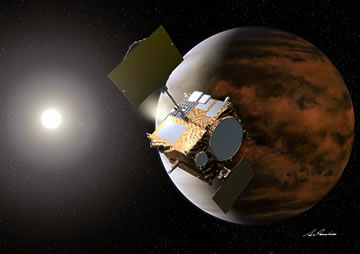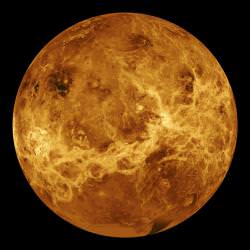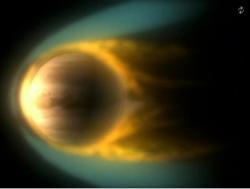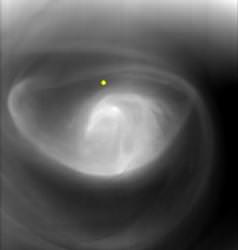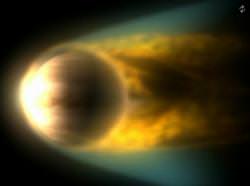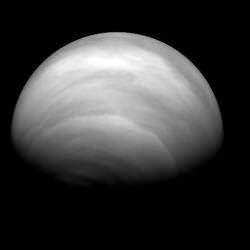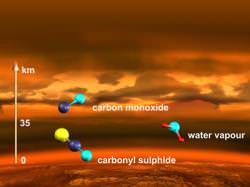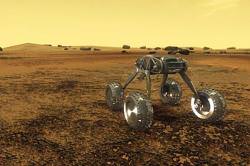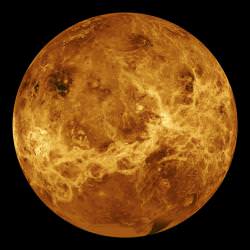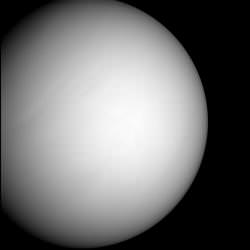In comparison to a mission to Venus, missions to Mars or the Moon are a cakewalk. With temperatures exceeding 450ºC (840ºF) and pressures over 92 times that of the surface of the Earth, landing a rover on the surface of Venus is quite a feat. This, however, is exactly what a research and development team at the NASA John Glenn Research Center hopes to accomplish.
Venus has been explored by a number of different missions, but there is a lot of science yet to be done on the planet.
“Understanding the atmosphere, climate, geology, and history of Venus could shed considerable light on our understanding of our own home planet. Yet the surface of Venus is the most hostile operating environment of any of the solid-surface planets in the solar system,” wrote Dr. Geoffrey Landis of the NASA John Glenn Research Center.
The extreme conditions on Venus make traditional rover technology impossible: the heat and pressure combined wreak havoc on any electronic components, and the atmosphere of Venus, mostly composed of carbon dioxide and sulfuric acid, is highly corrosive on metal parts. And if this weren’t enough, the thick atmosphere makes the light conditions on the surface like a rainy day on Earth, which limits the potential of solar energy.
To solve the problem of putting electronics on the surface, the team will split the mission into two: a rover that will have limited electronic components in pressurized chamber cooled to under 300ºC (570ºF), and an airplane that will fly in the middle atmosphere of the planet, where the temperature is more moderate and the pressure not as great. The airplane will contain most of the more sensitive electrical components like computers, and will assist in relaying all the information back to Earth.
The Russian Venera lander to last the longest on the surface of Venus operated for a mere two hours before being crushed, but the rover for this mission will be designed to last more than 50 days.
Extreme conditions call for extreme technology; the team analyzed the possibility of using a number of different sources of energy, from solar to nuclear to microwave beaming. Solar power just can’t provide the energy necessary to run the rover and cool everything down, and microwave beaming energy from the airplane – which would collect solar energy – isn’t feasible because of how new the technology is.
This leaves nuclear power, something that has been used in past missions such as Galileo, Voyager, the current Cassini probe. To power the rover with nuclear energy, though, there is a twist: the heat produced by bricks of Plutonium will power a Stirling engine, an engine that uses the pressure difference between two chambers to produce mechanical energy with very high efficiency. This mechanical energy can be used to power the wheels directly, or transferred to electrical energy for the electrical and cooling systems, and the technology is being adapted to work on Venus.
“We’ve been working on Stirling technology for many years. The project reported was a project to design a Stirling specifically for Venus – which makes for a very different design in some ways; notably in that the heat rejection temperature is extremely hot – but we are building from existing technology, not developing it from scratch,” wrote Dr. Landis
The airplane would study the atmospheric conditions and Venus’ electric field, while the rover would place seismic stations and study surface conditions. A camera is almost definite on the airplane, and while it would be difficult to put a camera on the rover, it is not entirely out of the question.
When can you expect to see images of the surface, or hear more about the sulfuric acid clouds that envelop the planet?
“It’s a mission concept study so far, not a funded mission, so it’s not actually scheduled to take place. However, there’s a lot of interest in flying it in the 2015-2020 time frame,” said Dr. Landis.
Source: Acta Astronautica

